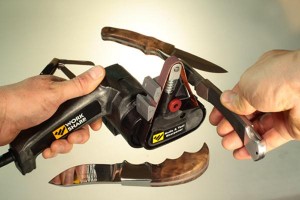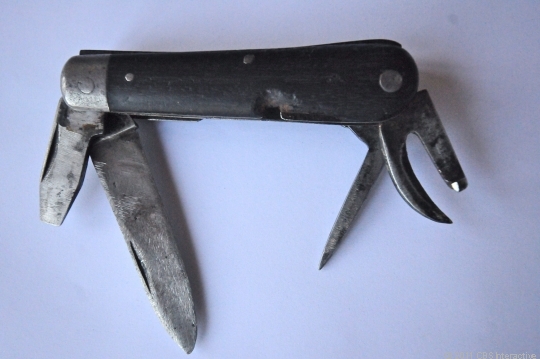“You can do everything right and still get killed.”
That’s what knife maker Les George had to say about working as an explosive ordinance disposal (EOD) expert in Iraq. As an EOD team leader for the Marines, he oversaw over 300 EOD responses, disarmed 114 EODs and had four detonate on him (he suffered only minor injuries).
Based on his experience, George has designed a new model of EOD probe, which he currently supplies the Marines with, and a EOD combat knife.
A knife maker from an early age, George made his first knife from scratch from instructions in a book, after his parents refused to buy him one.
He made knives continuously until he joined the Marines in 1997, where he worked as a heavy-equipment mechanic and an embassy guard before beginning his career in explosive removal.
George, who was previously deployed in Laos, Thailand, North and South Korea, Peru, Mozambique, South Africa, Iraq and many other locales, returned stateside in 2007 and began manufacturing knives full-time.
He said that the EOD tactical tools that he constructs are just a small portion of his business, the majority of which comes from his heavy-duty tactical knives.
Check out a few of his designs below and on his website
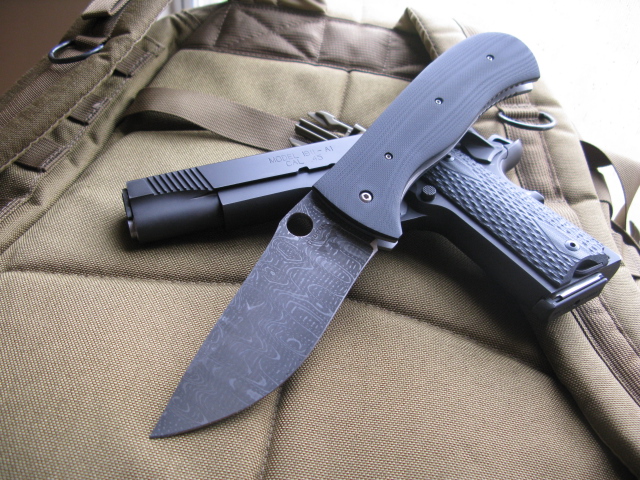

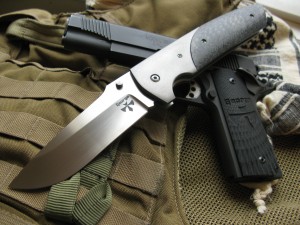
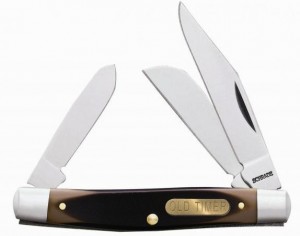
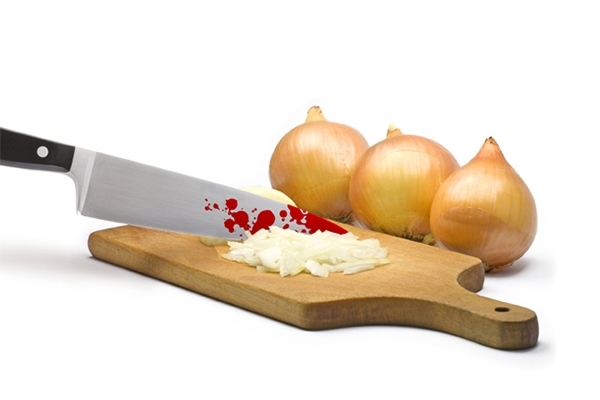 If you’re looking for a good gag knife, you have a number of great options, including the knife
If you’re looking for a good gag knife, you have a number of great options, including the knife 

